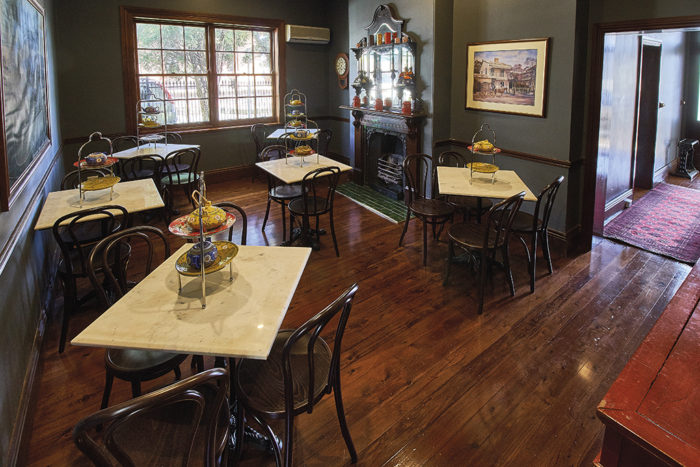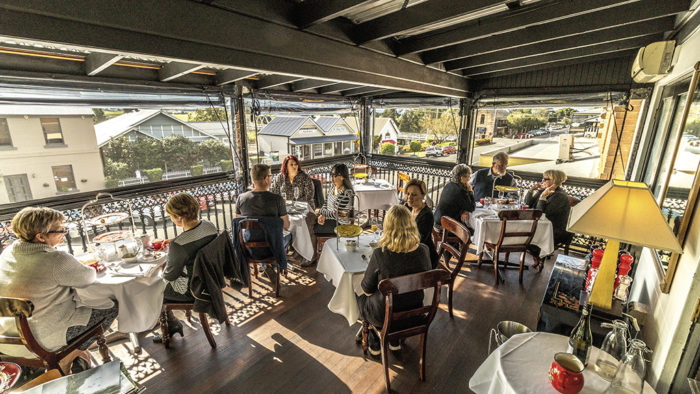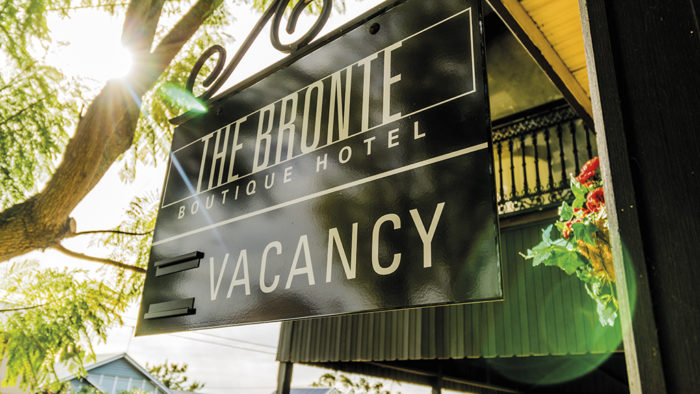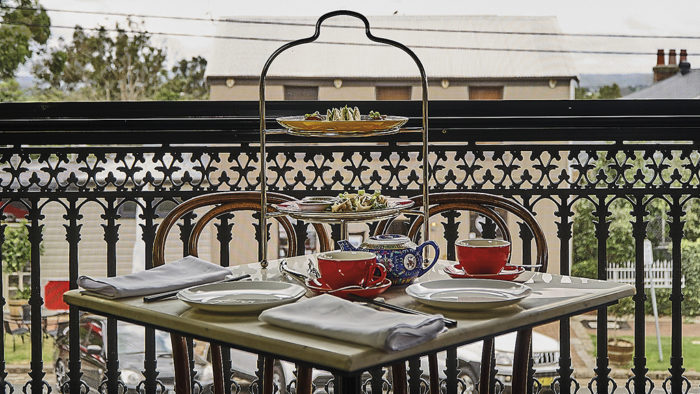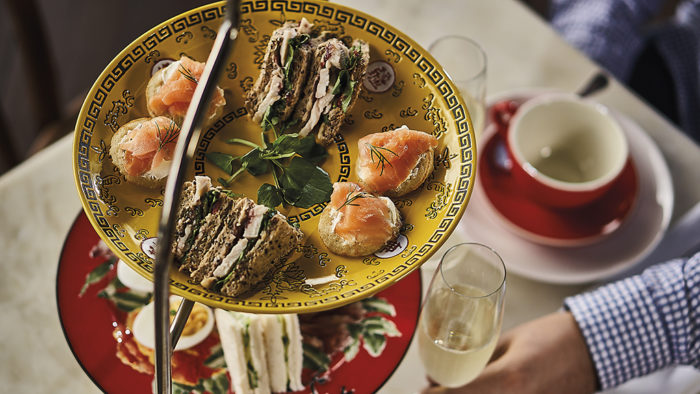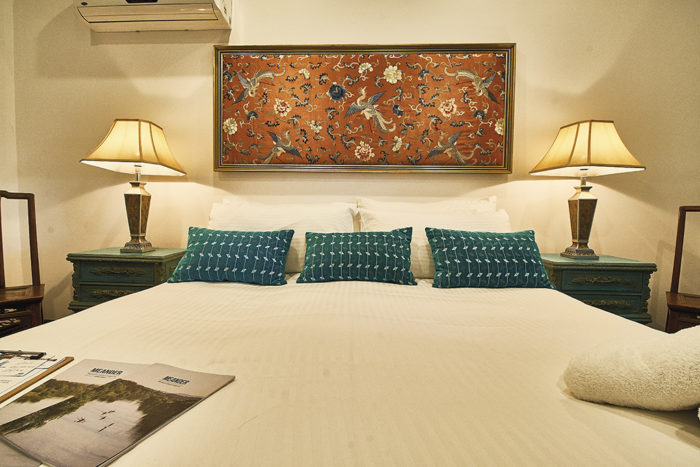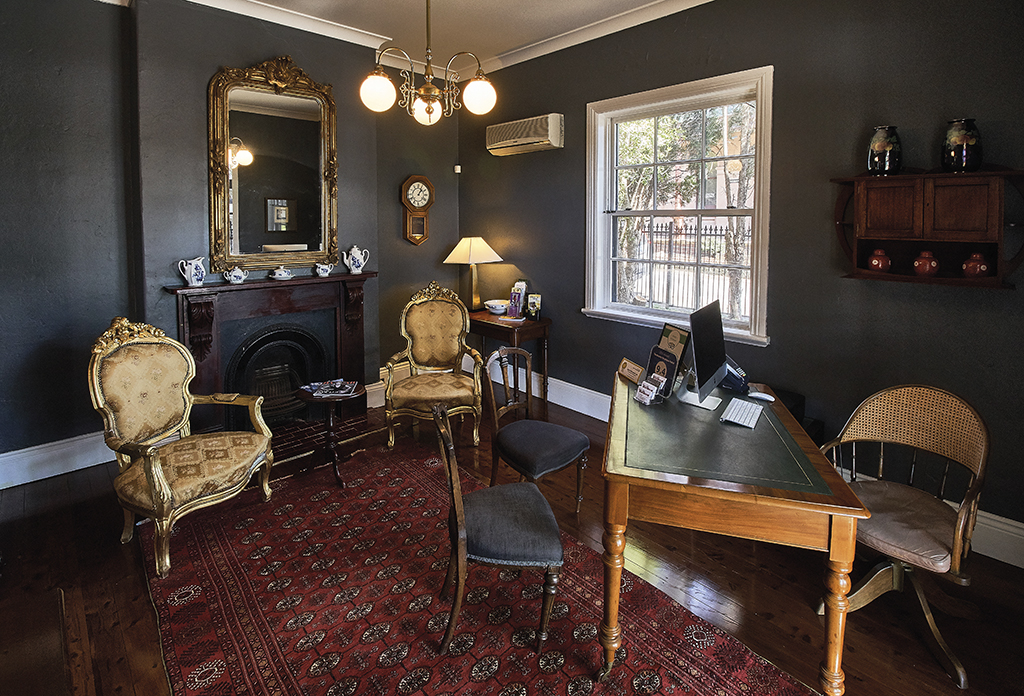
Taste of the Orient
In the 17th and 18th centuries, as trade routes exposed the mysteries of the East to the wider world, it became the height of fashion among the aristocracy to include Oriental elements into the home. From landscaping and pottery to fabrics and furniture, Asian inspired motifs and designs were taken on by the western world as part an aesthetic called “Chinoiserie”.
The style continued throughout the Victorian era and was strongly associated with the consumption of tea, with Chinoiserie themes used to both set the scene and provide the decorative vessels from which to serve and drink the favoured beverage of elegant society. For Clint Marquet, whose own fascination with the East goes back to his teenage years, it seemed only natural to incorporate this interior style into his renovation of The Bronte, a boutique bed and breakfast operating out of historic Victorian-era terraces in Morpeth. “In Victorian times … for anyone of any standing, it was very, very fashionable to have brought things back from the East,” he said. “And so in all of the traditional English estates, they would create a Chinoiserie room that was decked out with Chinese antiques and Chinese motifs on wallpapers. It had a real oriental feel. “I think what I’ve tried to do here is create a contemporary version of heritage. I haven’t done things that scream at the heritage. But my idea, because of my own fascination with the East, was to take this concept of the traditional Victorian Chinoiserie and integrate that into the heritage, but in a contemporary way.” Consisting of identical two-storey terraces and located on Swan Street, at the heart of the historic riverside village of Morpeth, The Bronte is thought to have been built some time during the 1850s or 60s and named for Admiral Nelson, the Earl of Bronte.
Read more in issue 94 of Hunter&Coastal Lifestyle Magazine.
Story: Michelle Meehan, photography courtesy of Clint Marquet and Michelle Meehan


